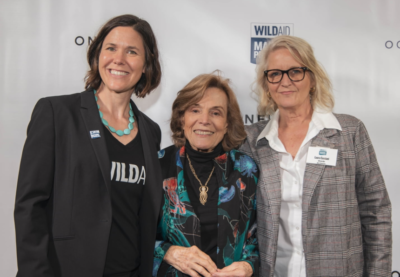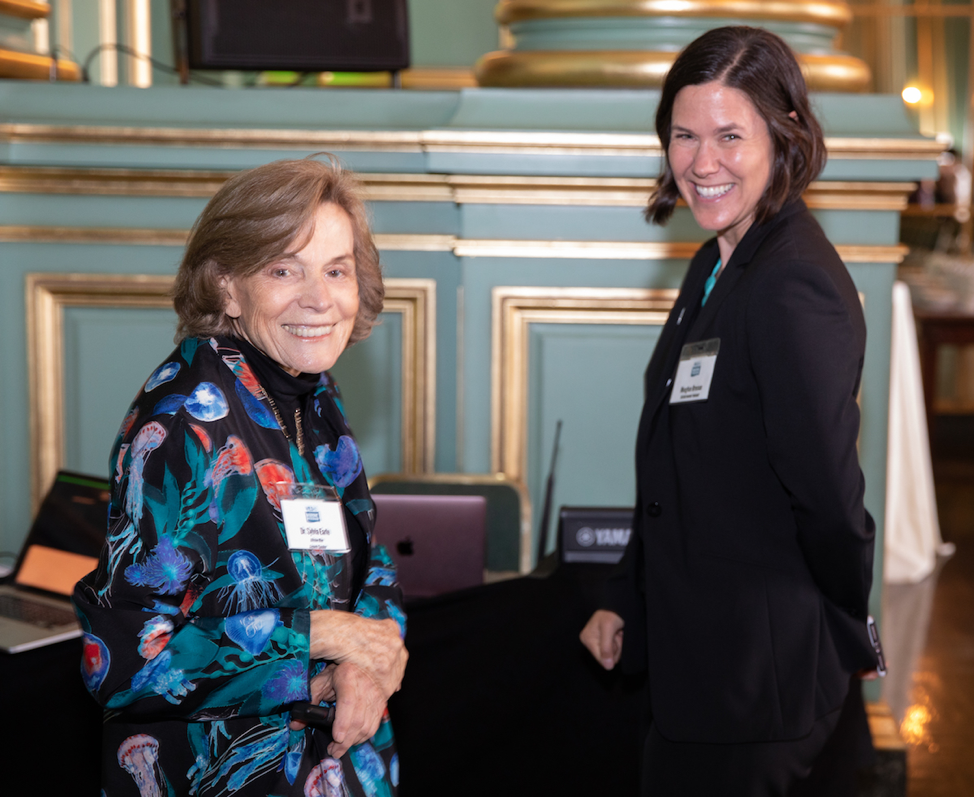
WildAid has announced an ambitious plan to strengthen enforcement of 250 marine and coastal areas by 2025. These areas have been designated as protected but lack crucial support, thereby leaving local marine wildlife and coastal communities vulnerable to overexploitation.
“Unfortunately, the majority of ocean spaces that have been declared protected fall short of their true potential,” says WildAid Marine Program Director Meaghan Brosnan. “Making the promise of marine protected areas real will help provide coastal income and jobs, rehabilitate marine wildlife and slow down the effects of climate change.”
Less than six percent of the world’s oceans are protected, according to the United Nations. And of those, 60 percent lack the resources, training and enforcement capabilities to actually protect the ecosystems and wildlife, and prevent overfishing or illegal fishing, sea turtle poaching, and mangrove destruction. WildAid’s new plan ambitiously aims to shift that reality.
To make the announcement of WildAid’s plan, the San Francisco-based nonprofit hosted a fundraiser at the San Francisco War Memorial on June 18. The event featured a discussion with Brosnan, a Commander in the U.S. Coast Guard, a marine photography gallery collection by Kristin Hettermann of OCEANSCAPES Photography, recognition of the Jeremy Dossetter Living Ocean Fund, and a keynote speech by Dr. Sylvia Earle, founder and CEO of Mission Blue.
“We are very excited to honor Jeremy’s legacy at an event highlighting the heroic efforts to save the oceans through the identification and protection of marine areas. We are particularly thrilled to have Dr. Sylvia Earle as our featured speaker,” says Dossetter, a WildAid board member and co-founder of the Jeremy Dossetter Living Ocean Fund.
Dr. Earle, legendary oceanographer and explorer, spoke about the urgent action needed for ocean protection.Through Mission Blue’s Global Hope Spots, local communities are now working individually and collectively to advance ocean protection. Hope Spots directly support the UN Sustainable Development Goal target to conserve at least 10 percent of the ocean by 2020 as well as the ocean conservation community’s recommended target of 30 percent by 2030.
“Collectively, well-enforced marine protected areas and hope spots will create a global wave of community support for ocean conservation,” says Dr. Earle.
WildAid currently collaborates with local communities and governments in 54 marine sites, including the Galapagos Islands, Ecuador’s network of coastal marine protected areas, Gabon’s network of marine protected areas, and Tanzania’s Pemba Channel Conservation Area. Under WildAid’s plan, new areas targeted for protection include Chile’s Rapa Nui Marine Reserve, as well as its coastal fisheries, the Dominican Republic’s Arrecifes del Sureste marine protected area and Cuba’s network of over 100 marine protected areas.
At the event, Brosnan highlighted WildAid’s systems-based approach to protection. Each marine protected area or hope spot participates in WildAid’s six-step approach, called the BLUEprint for MPA Success. Local rangers and communities benefit from a detailed multi-year plan to stop illegal fishing and poaching, identify the right local enforcement techniques and technologies, and develop leadership skills.
WildAid’s experience in creating effective enforcement is unparalleled. When the organization started working in the Galapagos Marine Reserve in Ecuador, shark finning was rampant with 12,000 sharks being finned per year. Rangers were limited to one, small inoperable vessel to patrol an area the size of New York state. Now, shark finning within the reserve has been eliminated; the reserve boasts the densest population of sharks in the world; rangers have a fleet of eight patrol vessels, a patrol plane, and satellite vessel monitoring; and enforcement authorities are now able to share their expertise across the region.
“With such a large ocean, enforcement is increasingly becoming a crucial component of protection,” says Hettermann. “The stronger marine environments are, the more resilient they will be for future generations to enjoy.”
With the support of the Galapagos Conservation Fund, Lindblad Expeditions-National Geographic, the Paul M. Angell Foundation, and the Leona M. and Harry B. Helmsley Charitable Trust, WildAid Marine has been working with the Galapagos National Park Service to strengthen enforcement of the Galapagos Marine Reserve.


To learn more, visit our Marine Program.
Stay in touch and get the latest WildAid updates.
SIGN UPAbout WildAid
WildAid is a non-profit organization with a mission to protect wildlife from illegal trade and other imminent threats. While most wildlife conservation groups focus on protecting animals from poaching, WildAid primarily works to reduce global consumption of wildlife products such as elephant ivory, rhino horn and shark fin soup. With an unrivaled portfolio of celebrity ambassadors and a global network of media partners, WildAid leverages more than $308 million in annual pro-bono media support with a simple message: When the Buying Stops, the Killing Can Too.
Journalists on deadline may email communications@wildaid.org


